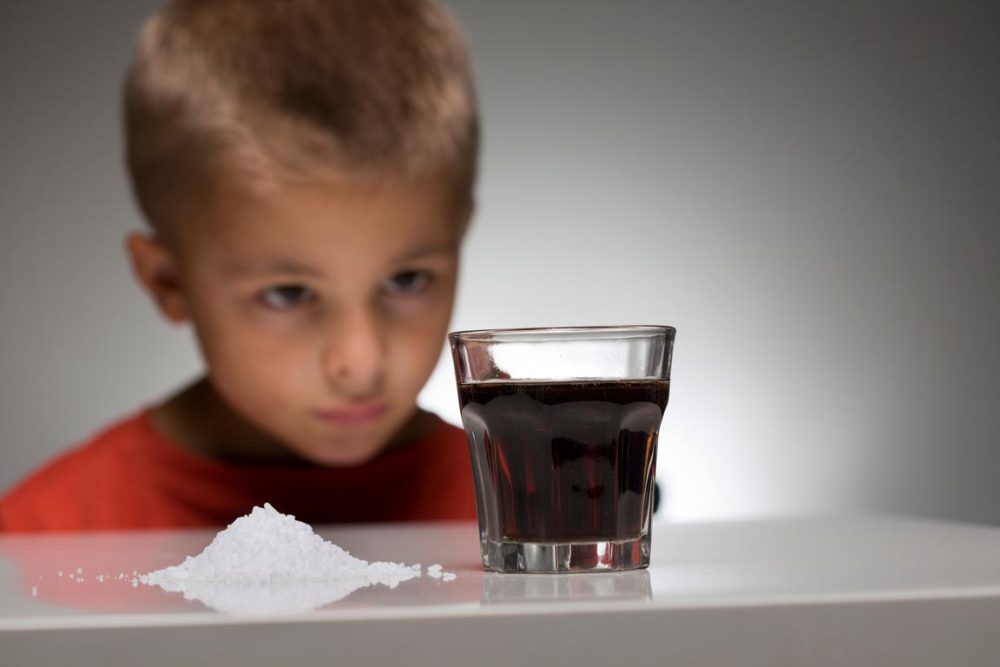Advertisment
Sugar sweetened beverage intake among children and youths shows alarming increases worldwide

Children and adolescents (ages 3-19) worldwide consumed on average 23% more sugar sweetened beverages (SSBs) in 2018 than they did in 1990, researchers reported on August 7, 2024 in The BMJ today.
“Our findings should raise alarm bells in nearly every nation worldwide,” said senior author Dariush Mozaffarian MD, Jean Mayer Professor of Nutrition and director of the Food is Medicine Institute at the Friedman School of Nutrition Science and Policy at Tufts University in Boston. “The intakes and trends we’re seeing pose a significant threat to public health, one we can and must address for the future of a healthier population.”
The investigators extracted and analyzed data from the Global Dietary Database, a comprehensive accounting of what people worldwide eat and drink.
They generated the first global estimates of trends in sugar-sweetened beverage consumption among young people.
They defined sugar-sweetened beverages as soda, juice drinks, energy drinks, sports drinks, and home-sweetened fruit drinks such as aguas frescas with added sugars and containing more than 50 kcal per 1 cup serving.
In 2018, sugar-sweetened beverage intake among young people varied significantly by world region, averaging 3.6 servings per week worldwide and ranging from 1.3 servings per week in South Asia to 9.1 in Latin America and the Caribbean..
They reported that sugar-sweetened beverage intake among children and adolescents increased by an average of 23% (0.68 servings/week) from 1990 to 2018. The largest increases were in sub-Saharan Africa (2.17 servings/week).
Notably, 56 (30%) of the 185 countries included in the analysis had an average sugar-sweetened beverage intake of 7 or more servings/week.
The authors concluded, “This study found that intakes of SSBs among children and adolescents aged 3-19 years in 185 countries increased by 23% from 1990 to 2018, parallel to the rise in prevalence of obesity among this population globally. SSB intakes showed large heterogeneity among children and adolescents worldwide and by age, parental level of education, and urbanicity. This research should help to inform policies to reduce SSB intake among young people, particularly those with larger intakes across all education levels in urban and rural areas in Latin America and the Caribbean, and the growing problem of SSBs for public health in sub-Saharan Africa.”





